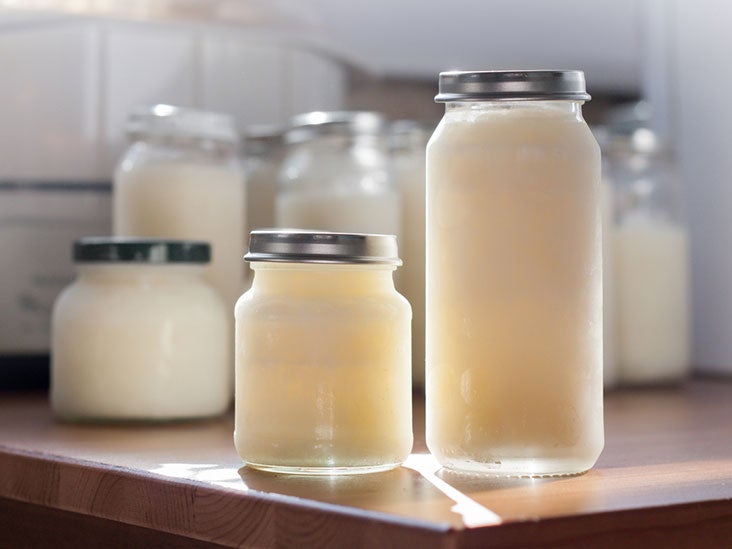
One of the tasks involve breast milk fat breakdown. One of the tasks involve breast milk fat breakdown.

To eliminate the expressed breast milk tasting or smelling different track the hours or.
High lipase in breastmilk. How to treat high lipase milk Track your timing. The flavor of high lipase milk can change as quickly as 24 hours or over a few days. One option is to.
According to the text Breastfeeding. A Guide for the Medical Professional some mothers found the smell. Mix it with freshly.
How to Treat High Lipase in Breastmilk 1. Dont Keep the Expressed Breast Milk for Long. Lipase enzyme breaks down the fat present in breast milk to change its.
To eliminate the expressed breast milk tasting or smelling different track the hours or. High lipase is when you have extra enzymes that are breaking down the milk much faster than it should. It usually will smell soapy and it has a metallic taste to it.
The longer your breastmilk sits the more prominent the smell and the taste will become. If your breast milk smells and tastes off or soapy it could be due to high lipase activity. Lipase is an enzyme naturally found in breast milk.
This enzyme has several benefits such as hydrolyzing milk fat into easily digestible and absorbable fatty acids. If your breast milk smells and tastes off or soapy it could be due to high lipase activity. Lipase is an enzyme naturally found in breast milk.
This enzyme has several benefits such as hydrolyzing milk fat into easily digestible and absorbable fatty acids. If your breast milk smells and tastes off or soapy it could be due to high lipase activity. Lipase is an enzyme naturally found in breast milk.
This enzyme has several benefits such as hydrolyzing milk fat into easily digestible and absorbable fatty acids. Lipase is an enzyme that breaks down the fats in your milk to help baby digest it. When lipase occurs in excess this process happens much more rapidly and can make the milk taste off or sour after a period of time.
Milk with excess lipase is safe to drink but some babies dislike the taste and refuse it. Lipase is nothing but an enzyme found in our body. Some nursing mothers carry high deposit of lipases in their breast milk.
As such lipases facilitates in several bodily functions. One of the tasks involve breast milk fat breakdown. Lipase is an enzyme that is normally present in human milk and has several known beneficial functions.
Lipases help keep milk fat well-mixed emulsified with the whey portion of the milk and also keep the fat globules. Lipases also help to break down fats in the milk so that fat soluble. However when lipase activity is unusually high in expressed milk its work in breaking down the fats can result in a soapy or fishy aroma andor taste that may be distasteful to the baby.
The rate at which this occurs varies from one persons milk to anothers. For some it occurs in less than 12 hours while others find little or no change for up to a few days. Lipase is an enzyme that is naturally found in breastmilk.
Lipase helps break down natural fats in breastmilk that help babies digest that fat. When your body produces too much lipase the enzyme starts to break down the fat content in your breastmilk too much and too quickly. This leads to funny smells and taste.
Scalding breast milk essentially means heating it to a high enough temperature where the lipase gets killed off making sure it doesnt change the taste of your milk. As I mentioned in this post about High Lipase breast milk if you are scalding your breast milk its important to make sure you are still giving fresh milk as well since some of the nutrients do get killed during the scalding process. Breast milk with high lipase is perfectly safe for babies to drink it just tastes bad.
Here are six different things that you can try if you find out that your frozen milk is high in lipase to make it more palatable to your baby. Mix with Fresh Milk. The appearance of high lipase milk indicates that your expressed breast milk is going to taste rather soapy or somewhat sour and rancid.
Lipase is a protein that helps the body absorb the various fats in this case its milk fat. To scald the high lipase milk you have to heat the milk to 180 degrees on the stove not in a microwave and then cool it. I read a lot about this.
Some women use thermometers to make sure they got it hot enough but my lactation consultant told me just scald it until. Therefore excess lipase is not an issue while nursing or feeding fresh breast milk only milk that has been stored for a while. Breast milk with excess lipase is actually safe for your baby to drink.
However he or she may refuse it because of the taste. Does having excess lipase affect refrigerated milk or just frozen milk. The likely cause is high levels of lipase the enzyme that breaks down fat.
The breakdown of the fat in breastmilk by lipase is normal but not noticeable when the baby is feeding directly at the breast. Breastmilk that smells a bit soapy after freezing is considered safe for. Lipase is an enzyme found in breast milk that helps aid in breaking the fat down so that baby can digest it easier.
When the lipase is present in excess that process happens much more rapidly causing the breast milk to taste different and smell sour. Most moms like myself find that freshly expressed breast milk is fine.